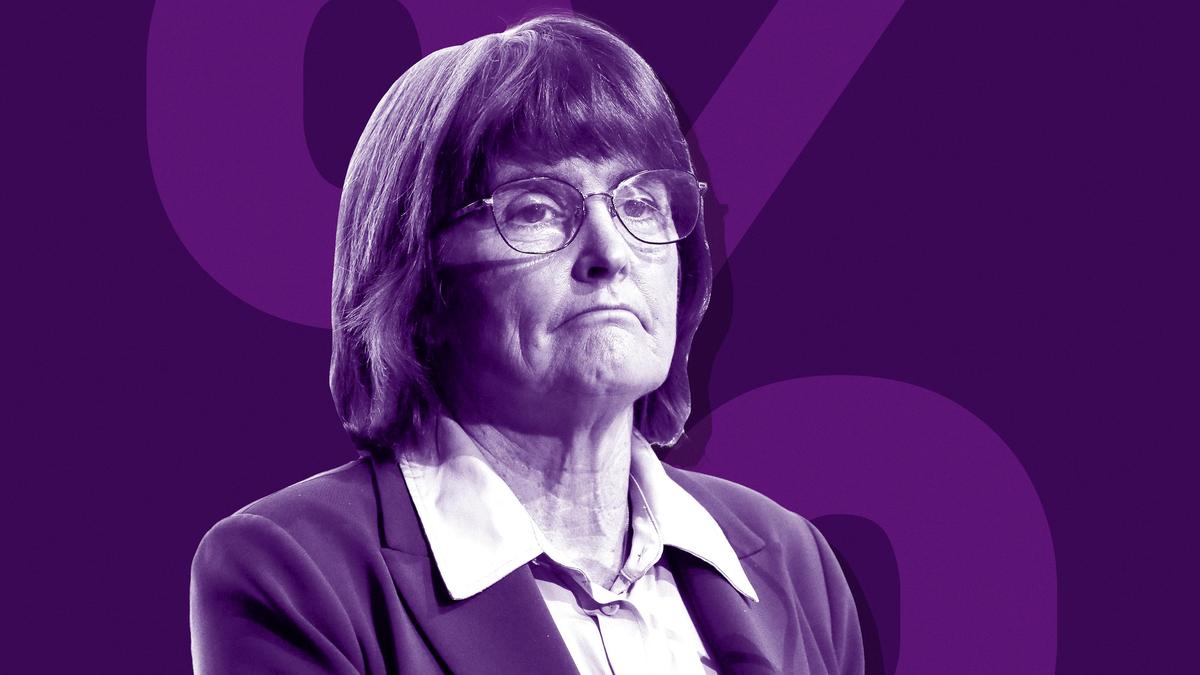Consumer Prices Could Exceed Reserve Bank’s Targets for the First Time in Over a Year, Economists Predict
Consumer prices may soar beyond the Reserve Bank’s targets for the first time in more than a year, according to economists, as the central bank contemplates its next interest rate move.
New monthly inflation data released by the Bureau of Statistics on Wednesday will provide analysts with a clearer view of the current trends in Australia’s economy. At the same time, warning signs are emerging that suggest ongoing challenges for businesses amid difficult economic conditions and global trade tensions.
### Inflation Forecasts and Drivers
Experts forecast the August inflation reading to increase to at least 3.1 percent, driven by a slight uptick in electricity costs and continued growth in house prices. Inflation for new dwellings is also expected to re-accelerate.
“Stronger than expected shelter inflation is an upside risk to the inflation outlook,” said Taylor Nugent, senior markets economist at NAB. He added that technical calculations will also affect the figure, as lower levels of inflation from 12 months ago will now be excluded from the rolling average.
Given that the Reserve Bank of Australia’s (RBA) target band for consumer price increases is between 2 and 3 percent, Wednesday’s figure may tip just outside this range.
### Impact on Monetary Policy
Despite the potential rise in headline inflation, many economists believe it is unlikely to significantly influence the RBA’s stance on interest rates. The RBA prefers to focus on underlying inflation, which excludes volatile items such as power prices. This measure is expected to drop slightly in Wednesday’s figures.
It’s also worth noting that monthly inflation figures are considered less reliable than the Bureau of Statistics’ quarterly data.
The RBA board’s next interest rate meeting begins on September 29, but analysts and markets predict that any rate cut announcement may be delayed until November.
### Business Challenges Amid Economic Pressures
New data reveals increasing pressure on companies caused by higher wholesale prices and trade tensions with the US and other countries. According to a report from CreditorWatch, there was a 19 percent surge in business defaults in July, with this elevated level remaining steady in August.
Small business failure rates are also 12 percent above the 10-year average, with Western Sydney and southeast Queensland identified as the highest-risk regions.
—
Stay tuned for Wednesday’s inflation report for a more comprehensive understanding of Australia’s economic outlook.
https://thewest.com.au/business/rba-inflation-rate-consumer-prices-tipped-to-soar-beyond-targets-but-interest-rates-impact-is-uncertain-c-20122006


